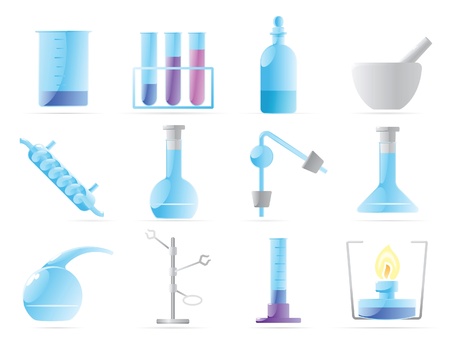
The International and standard method for the determination of organic nitrogen in all foods and beverages has been the Kjeldahl method, since 1883. The Kjeldahl digestion method converts nitrogen compounds such as proteins, amines and organic compounds into ammonia. Free ammonia is released by the addition of strong alkaline reagents, usually sodium hydroxide. Released ammonia is fully driven out of solution by distillation and subsequently titrated. The nitrogen content is calculated from this titration. It is still one of the best methods for determination of crude protein contents in food.
The Kjeldahl method is also employed in environmental analysis and the agricultural industry for the determination of nitrates and ammonium. Determination of nitrogen in water and waste-water is regularly determined with Kjeldahl. The method has been approved by all significant scientific associations including AOAC International (1984), AACC International, AOCS, APHA, DIN, EPA, ISO
ISO-1871), JAS, and USDA. It is still a method by which other techniques are judged against such as Dumas. The combustion method has largely superseded the method although it should be regarded as an advanced version of the Kjeldahl method.
History
The method was first devised by a Danish brewer Johann Kjeldahl who digested the food with a strong acid to release the nitrogen in the form of ammonia. The amount of protein in the sample is then calculated from the nitrogen concentration of the food.
Kjeldahl was born Augsut 16th, 1849 in the town of Jaegerpris. He went to work for the Carlsberg brewery in 1876 to develop an improved assay for proteins found in grain. Nitrogen content in brewing grains has a direct impact on beer taste and flavour. He published his method in 1883.
This basic method persists today. A number of developments and improvements have been made since that time to make the method more rapid and improve consistency.
Method Outline
The Kjeldahl method is a multi-stepped process. It requires in order:-
- sample digestion in boiling sulphuric acid with salt and metal catalysts,
- neutralisation with sodium hydroxide solution,
- distillation of the resulting ammonia gas into a trapping solution,
- titration with an acid solution and determination of the amount of nitrogen and protein by calculation.
The entire process may require over four hours although two is more typical for completion while all steps, excluding digestion, requires continuous involvement with a technician. Time is needed to ensure complete digestion of organic material. It is surprising given that in the past the method could take up to many more hours until various catalysts were found to speed up digestion.
The original method of Kjeldahl required the use of potassium permanganate to complete oxidation of the any sample. Soon after, major improvement were achieved with the use of various metal catalysts, potassium sulphate and hydrogen peroxide.
Drawbacks
One disadvantage is the length of time required to conduct the analysis, especially with such a troublesome digestion technique. It requires plenty of equipment, reagents and time.
The method is not suitable for measurement of true protein contents and a number of different correction factors often have to be applied. Different proteins need to be accounted for because they have different amino-acid sequences dependent on the level of nitrogen-based amino-acids in the protein sequence.
Safety Is An Issue
One hazardous task is the use and handling of boiling sulphuric acid, especially with the addition of concentrated caustic solution. Kjeldahl analyses also creates toxic wastes as it can often involve the use of mercury or selenium catalysts during the digestion step.


Leave a Reply